To drink milk, or not to drink milk, is a question that isn’t easily answered. There are a lot of conflicting theories about dairy products, depending on where you’re looking for your information.
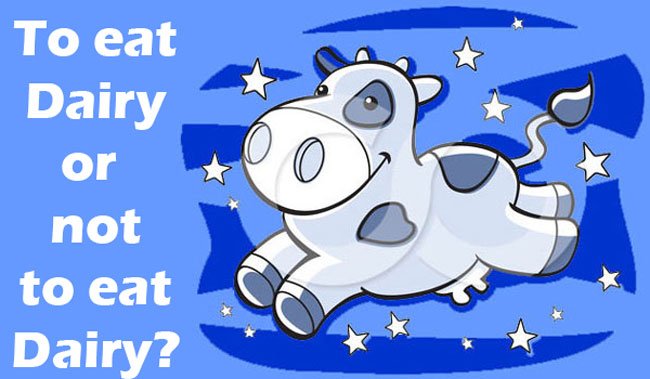
Who can you believe?
Dairy producers will tell you that milk is good for you. They’ll also tell you about all the good things they’ve done to it to make it better – like:
• pasteurising it (so you don’t get food poisoning),
• homogenising it (so it’s creamy all the way through),
• taking the fat out (so it’s not creamy at all, to stop you from getting fat)
• and adding extra calcium (for prevention of osteoporosis) - though they may not tell you that by pasteurising it, they have destroyed the enzyme that enables you to absorb calcium, so all that calcium is useless.
Anti-milk sites will tell you milk is food for baby cows, but is toxic poison for people. They may not talk about areas of poverty where having a cow and being able to rely on fresh, clean milk means the difference between life and death.
Others will tell you that raw or cultured milk is good, but pasteurised or homogenised is bad. They may not always be aware that some people are so ill suited to drinking milk, that even the best quality raw milk must be avoided.
The Paleo position is that milk has only been consumed by humans for a comparatively short time, and that most of us are not fully adapted to it.
So you can see, the truth is a little more complicated. Let’s look at all aspects of the question, so you can make the best choice for you. There are two main things you need to take into account – the quality of the milk, and your individual tolerance to it.
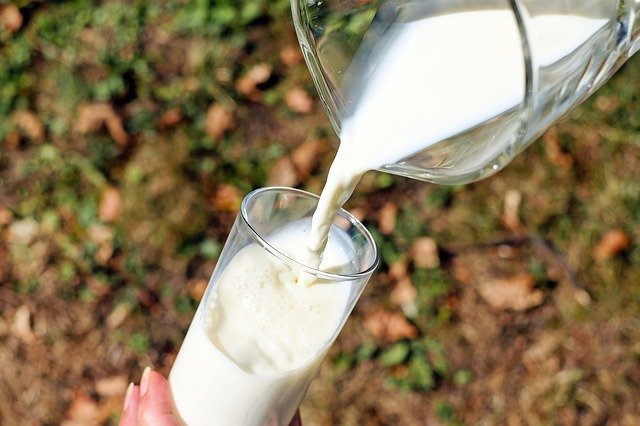
In this first post, we’ll start talking about the characteristics of good quality milk
What we need to consider
• Type of feed
• Organic vs. non-organic
• A1 vs A2 milk
• Type of cows
• Fat content
• Homogenised or not
• Raw vs. pasteurised
• Freshness
If we looked at all of those today, this would be a very long post. So we’re going to start with just one aspect – the one I’ve been asked about!
Raw or Pasteurised?
Why milk is pasteurised
We’re told that milk has to be pasteurised to kill pathogens and prevent disease. But is it true? Up until about 100 years ago, all milk was consumed raw.
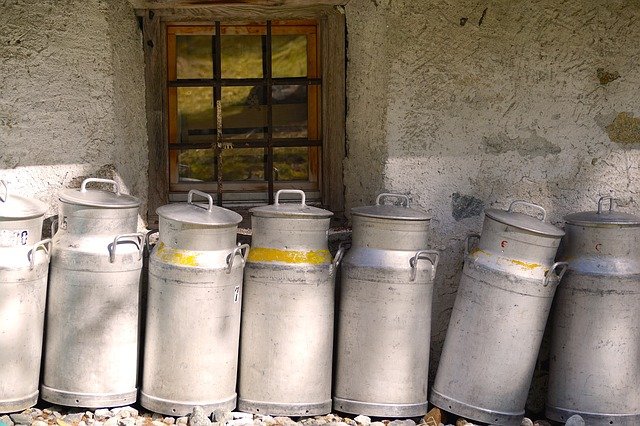
The practice of heating milk to kill germs was instituted in the 1920s to combat diseases caused by poor animal nutrition and dirty production methods.
But times have changed and modern production methods make pasteurisation unnecessary for public protection. Large dairy operations usually produce milk designed to be pasteurised, but often smaller producers know how to care for their cows and treat the milk, so it’s safe to drink raw.
Risk of illness
You may have heard stories of people getting sick from raw milk, due to pathogens such as campylobacter, salmonella, e.coli and listeria. It can happen, but it is very rare in good quality, organic, grass fed, raw milk.
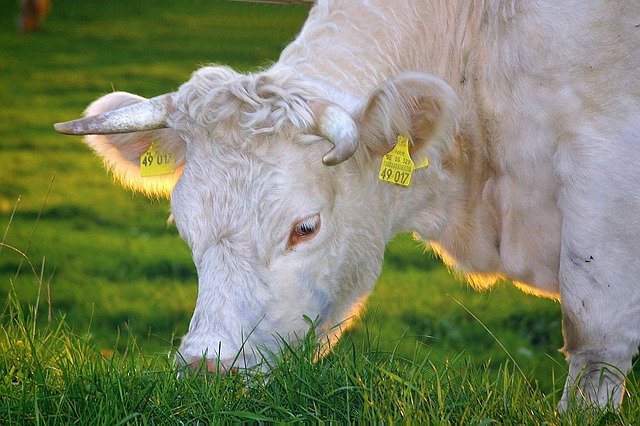
That is due to the natural disease-fighting enzymes present in raw milk from healthy animals, some of which specifically target salmonella and listeria, for example. In California, one organic farm that produces raw, grass fed milk, deliberately contaminated a batch of their milk (for testing purposes only) with millions of pathogens. Within a few days, they had nearly all been neutralised.
If pasteurised milk is exposed to pathogens, on the other hand, it is far more dangerous, as there is nothing to combat them. Nearly all cases of food poisoning are from eating foods other than raw milk (generally foods that most people eat with no concern), or from contact with non-food contaminants. Often an illness is initially attributed to raw milk, but is then traced to something else.
There is a small danger that people with very compromised immune systems may occasionally contract a disease. But this is a much smaller risk than that of developing a chronic illness due to the consumption of pasteurized milk. And to offset it further, raw milk has potential to build up the immune system of such people.
Destruction of enzymes
Pasteurising kills harmful bacteria, but also destroys enzymes (including the one needed for utilising calcium, and the one required to digest lactose or milk sugar), diminishes vitamin content, denatures fragile milk proteins, destroys vitamin B12, and vitamin B6, kills beneficial bacteria and promotes pathogens. It is also associated with allergies, diabetes, increased tooth decay, colic in infants, growth problems in children, osteoporosis, arthritis, heart disease and cancer.

Formation of histamines
A byproduct of killing bacteria by pasteurisation is the formation of histamines. This may be one reason that so many people have asthma or allergies from drinking milk. Raw milk doesn’t contain histamines, and many asthmatics find that while drinking it regularly, they have no or few asthma attacks.
Bad for calves
Calves fed pasteurised milk do poorly and many die before maturity.
Similar effects have been observed with other animals. Early last century, a scientist called Francis Pottenger conducted a series of feeding experiments on cats, over a 7 year period. Those he fed on raw meat and raw milk thrived. Those fed cooked meat or pasteurised milk quickly developed many diseases, by the 2nd generation had stunted growth and high kitten mortality rates, and by the 3rd were unable to reproduce. He wrote about this in his book “Pottenger’s cats”
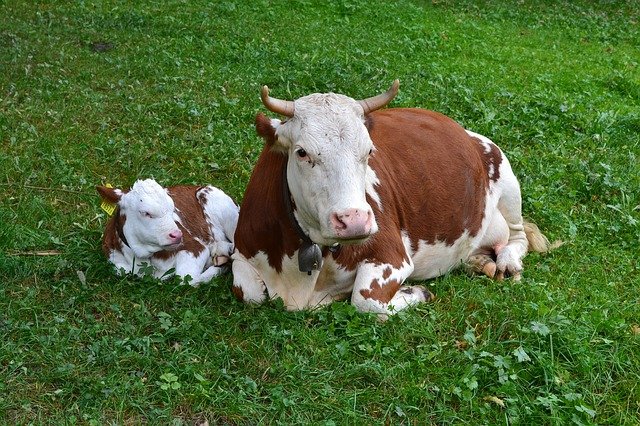
Benefits of raw milk
Historically, raw milk was successfully used as a treatment for many illnesses, including chronic diseases such as asthma. Possible health benefits of switching from pasteurised to raw milk may include:
Less:
• asthma
• allergy problems
• infections
• heart failure
• high blood pressure
• diabetes
• obesity
• and joint stiffness.
Better:
• children’s growth
• calcium absorption
• and immunity.
References
This is an extract from a very long article posted on my website, which I’m splitting into smaller posts for Steemit. More soon on:
• how to recognise good milk,
• how to know if dairy works for you,
• and what to do if it doesn’t.
If you want to read more about raw milk, go to: www.realmilk.com or get hold of The Untold Story of Milk by Ron Schmid.
Edit: One thing I didn't talk about in this post was the corruption that potentially leads to raw milk being difficult to find. Read more here: @catherinebleish/the-milk-conspiracy-how-dairy-consumers-fought-back-and-won-usd52-million-and-how-you-can-get-paid-too
Thanks for reading
Follow me for more health, nutrition, food, lifestyle and recipe posts.

[I offer one on one nutritional coaching or EFT (Emotional Freedom Technique) sessions by Skype. Bitcoin, Steem or Paypal accepted. Contact me in Discord or SteemitChat.
Some of my previous posts on NUTRITION:
• The wide variety of healthy diets out and what they have in common
• The travels of Weston A Price and his discoveries about healthy diets
• Good fats vs bad fats
• DNA testing for better Health & Fitness
• DNA testing part 2: How Well Do I Digest Carbs?
• DNA testing Part 3: I can’t eat Carbs & How to Manage that
• About the Gut & Psychology syndrome (GAPS) diet Part 1 – Can it help autism?
• GAPS diet Part 2: Foods we can’t have
• GAPS diet Part 3: Foods we CAN have
• GAPS diet Part 4: What if I can’t eat some animal foods
• Salicylate intolerances
• Introduction to the Paleo diet
• How to get started on a Real Food diet Part 1
• Why use Real Food diets for healing
• How to get started on a Real Food diet Part 2


